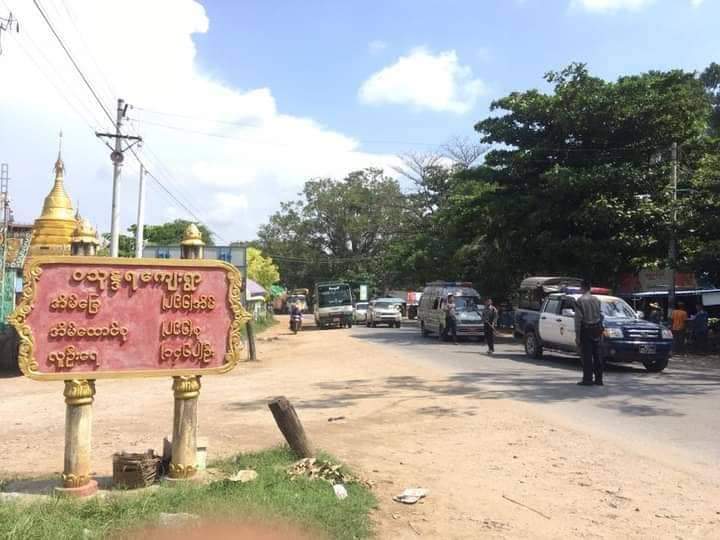Using visual process design tools effectively involves understanding their features, following best practices for process mapping,
and leveraging their capabilities to improve business processes. Here is a step-by-step guide to using visual process design tools:











1. Define Objectives and Scope
Identify Goals: Clearly define what you aim to achieve with process mapping, such as improving efficiency, compliance, or communication.
Scope: Determine the boundaries of the process you will be mapping. Decide on the start and end points and the level of detail required.
2. Choose the Right Tool
Select a tool that fits your organization’s needs. Consider the following:
Ease of Use: User-friendly interface with drag-and-drop functionality.
Features: Required features such as BPMN support, real-time collaboration, and integration with other systems.
Scalability: Ability to handle the complexity and scale of your processes.
Cost: Fit within your budget and offers the best value for your needs.
3. Gather Information
Stakeholder Involvement: Involve stakeholders who have detailed knowledge of the process. Conduct interviews and workshops to gather information.
Data Collection: Collect all necessary data related to the process, including inputs, outputs, activities, and decision points.
4. Map the Process
Start with High-Level Mapping: Begin by creating a high-level overview of the process. Identify major steps and decision points.
Detail Each Step: Break down each high-level step into more detailed activities. Use the appropriate symbols and notations (e.g., BPMN) to represent tasks, events, and gateways.
Use Visual Elements: Leverage the tool’s visual elements like shapes, connectors, and colors to enhance clarity and understanding.
Validate with Stakeholders: Review the process map with stakeholders to ensure accuracy and completeness.
5. Analyze the Process
Identify Bottlenecks: Look for steps in the process that cause delays or inefficiencies.
Assess Performance: Use simulation features, if available, to assess the performance of the process under different scenarios.
Gather Feedback: Collect feedback from process participants and stakeholders to identify areas for improvement.
6. Optimize the Process
Redesign for Efficiency: Modify the process map to eliminate bottlenecks and redundancies.
Incorporate Best Practices: Use industry best practices and standards to refine the process.
Automate Where Possible: Identify tasks that can be automated to improve efficiency and reduce errors.
7. Implement Changes
Develop an Implementation Plan: Create a detailed plan for rolling out the optimized process. Include timelines, responsibilities, and resources needed.
Communicate Changes: Inform all stakeholders about the changes and provide training if necessary.
Monitor and Adjust: After implementation, monitor the process closely. Gather data to ensure the changes are having the desired effect and make adjustments as needed.
8. Document and Maintain the Process
Create Documentation: Generate detailed documentation of the process using the tool’s documentation features. Include process maps, descriptions, and any relevant notes.
Maintain and Update: Regularly review and update the process map to reflect any changes or improvements. Ensure the process remains aligned with organizational goals and compliance requirements.
Example: Using Lucidchart for Process Design
Sign Up and Set Up: Create an account and set up your workspace.
Create a New Diagram: Start a new diagram and select a template suitable for process mapping.
Add Shapes and Connectors: Drag and drop shapes to represent tasks, decisions, and events. Use connectors to indicate the flow.
Collaborate in Real-Time: Share the diagram with team members and collaborate in real-time. Use comments and chat features to discuss changes.
Export and Share: Export the process map in various formats (PDF, PNG, etc.) and share it with stakeholders.
Integrate with Other Tools: Integrate Lucidchart with other tools like Google Drive or Slack to streamline collaboration and sharing.
Best Practices
Keep It Simple: Avoid overly complex diagrams. Aim for clarity and simplicity.
Use Standard Notations: Stick to standardized notations like BPMN for consistency and ease of understanding.
Engage Stakeholders: Regularly involve stakeholders to gather input and validate the process map.
Focus on Continuous Improvement: Treat process mapping as an ongoing activity. Regularly review and update the processes to ensure they remain effective and efficient.
By following these steps and best practices, you can effectively use visual process design tools to map, analyze, and optimize your business processes, leading to improved efficiency and better business outcomes.

Leave a Reply